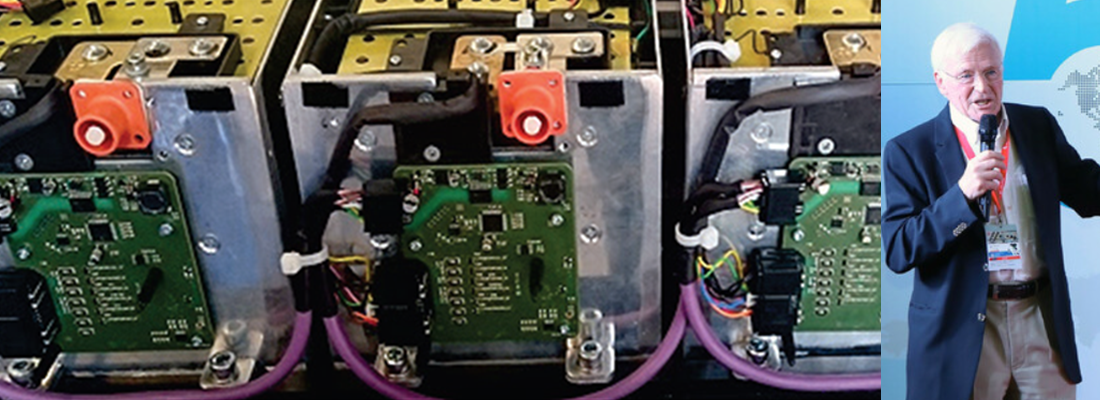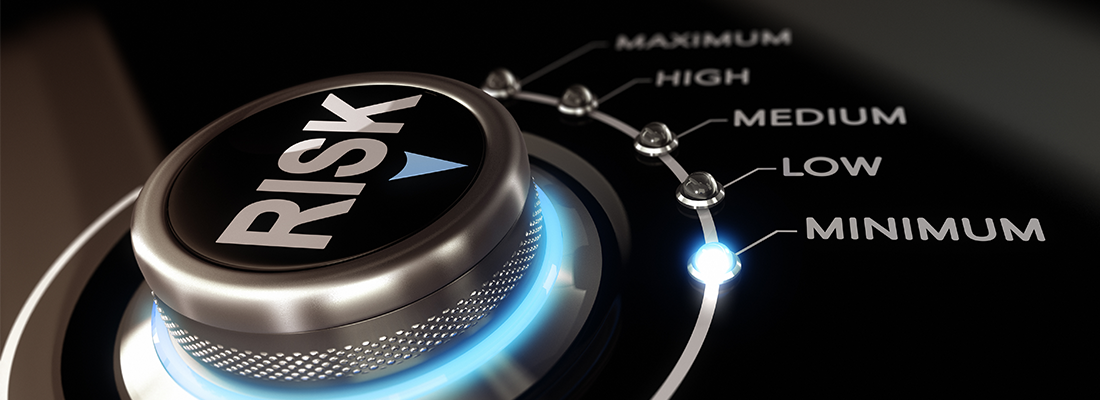Heavy-duty remanufacturing in automotive fields
The heavy-duty remanufacturing in the automotive field focuses on the restoration of components and systems from heavy-duty vehicles, such as trucks, buses, construction equipment, and agricultural machinery. These innovations focus on sustainability, efficiency, and technological integration to optimize the lifecycle of heavy-duty vehicle components, and are reshaping the automotive industry. Remanufacturing involves restoring used parts to a "like-new" condition, often meeting or exceeding the original specifications. This sector has gained prominence due to its economic, environmental, and performance benefits.
Advanced Inspection and Diagnostics
Among recent heavy-duty remanufacturing breakthroughs, there is the non-destructive testing (NDT) method like ultrasonic, X-ray, and eddy current testing enable precise assessment of component integrity without damaging the part. Artificial intelligence (AI)-driven diagnostics and predictive analytics identify wear patterns and failure points more effectively. Heavy-duty remanufacturing impacts on Circularity extending the lifecycle of parts by identifying those suitable for remanufacturing earlier, and reduces waste by ensuring only non-salvageable components are scrapped.
Additive Manufacturing (3D Printing)
3D printing is used to create replacement parts or repair worn components with complex geometries, such as turbine blades and gear teeth. Advances in metal additive manufacturing allow for material properties matching or exceeding the original.
Electrification Component Remanufacturing
Technologies for remanufacturing electric trucks (EV) components like battery packs, electric motors, and power electronics are rapidly evolving. Specialized processes for repurposing EV batteries into second-life applications (e.g., energy storage systems) are being developed, and mitigates the environmental impact of EV battery disposal, reducing reliance on virgin raw materials, such as lithium, cobalt, and nickel.
Chemical and Thermal Reclamation
Advanced chemical treatments remove contaminants from metal components, preserving their structural integrity, while thermal processes like plasma spraying are used to restore surface properties and coatings. It enhances the reusability of parts that would otherwise be scrapped, lowering energy use compared to manufacturing new components.
Lifecycle and Core Management Platforms
Digital platforms enable tracking of parts throughout their lifecycle, from production to remanufacturing. Blockchain is used for secure, transparent documentation of part provenance and condition. It promotes accountability and traceability in the supply chain, and improves efficiency in core recovery and reuse.
Heavy-duty engines
Heavy-duty engines, drive most commercial trucks, railroad locomotives, and agricultural and construction machinery. These engines are the backbone of these vital sectors of the global economy, renowned for their reliability and durability. Built to endure thousands of hours of operation or cover hundreds of thousands of miles, they inevitably experience normal wear and tear due to their extensive use. When an engine shows signs of increased oil consumption, power loss, or higher fuel usage beyond routine maintenance, it's a clear signal that action is needed. Depending on the engine's age and condition, an extended service or rebuild can replace key worn components while keeping the engine installed in the vehicle or machine, effectively restoring it to near-new performance.

Remanufacturing, not disposal
For engines that have reached the end of their operational lifespan, further repairs may no longer be cost-effective. However, disposal is rarely the solution, as these engines are designed with a strong focus on maximizing value throughout their entire life cycle. Remanufacturing is a systematic industrial process that restores worn-out engines—including core components like engine blocks, heads, and other parts—to a condition that matches or exceeds their original performance. This process adheres to precise technical specifications, encompassing engineering, quality, and testing standards, and results in fully warranted products. As an established and well-documented procedure, it is designed to meet the stringent requirements set by the remanufacturer. At specific intervals in their lifecycle and usage, diesel engines can be rebuilt with new internal components such as bearings, valves, cylinder liners, and rings, ensuring they meet the original manufacturer's performance standards. Worn components from engines are composed of valuable metals that can be recycled.
Manufacturing new products demands a considerable number of raw materials and energy, whereas remanufacturing requires significantly fewer resources, such as iron ore, aluminium, and other metals, and consumes less energy overall. This reduction in resource use also translates to lower greenhouse gas emissions. Remanufacturing has become a crucial aspect of engine manufacturers' operations, strengthening their relationships with dealers, distributors, and customers. It is one of the less-recognized yet highly valuable characteristics of diesel engines, gaining importance as customers increasingly consider lifecycle ownership costs amid the introduction of new fuels and technologies.
Share your remanufacturing stories with us
Do you have an innovation, research results or an other interesting topic you would like to share with the remanufacturing industry? The Rematec website and social media channels are a great platform to showcase your stories!
Please contact our Brand Marketing Manager.
Are you an Rematec exhibitor?
Make sure you add your latest press releases to your Company Profile in the Exhibitor Portal for free exposure.






